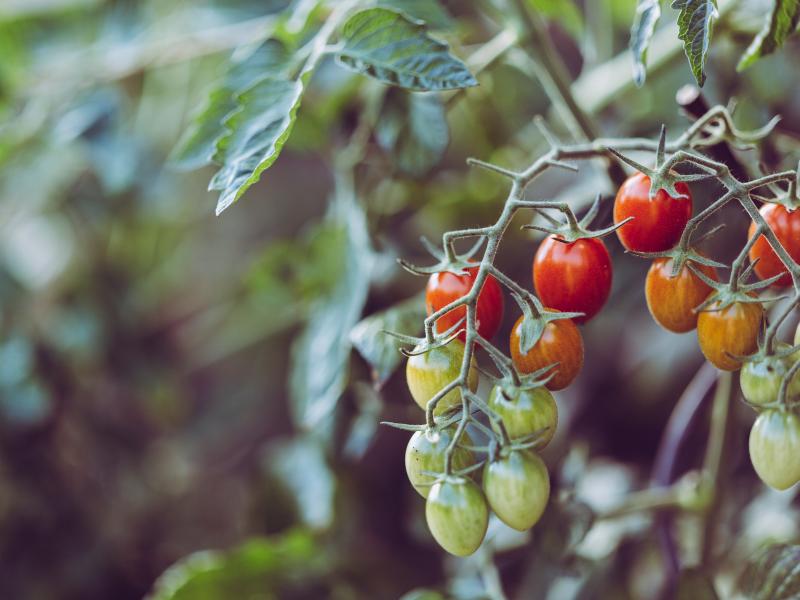
Resilient, highly nutritious crops with better storage, processing & cooking features available for all farmers
Seeds of new varieties with “stacked traits” are available and accessible to farmers, are more resilient, have a higher productivity, and contain a higher nutrient content, with traits like drought resistance, early and late varieties, higher micronutrients, better storage, processing and cooking.

